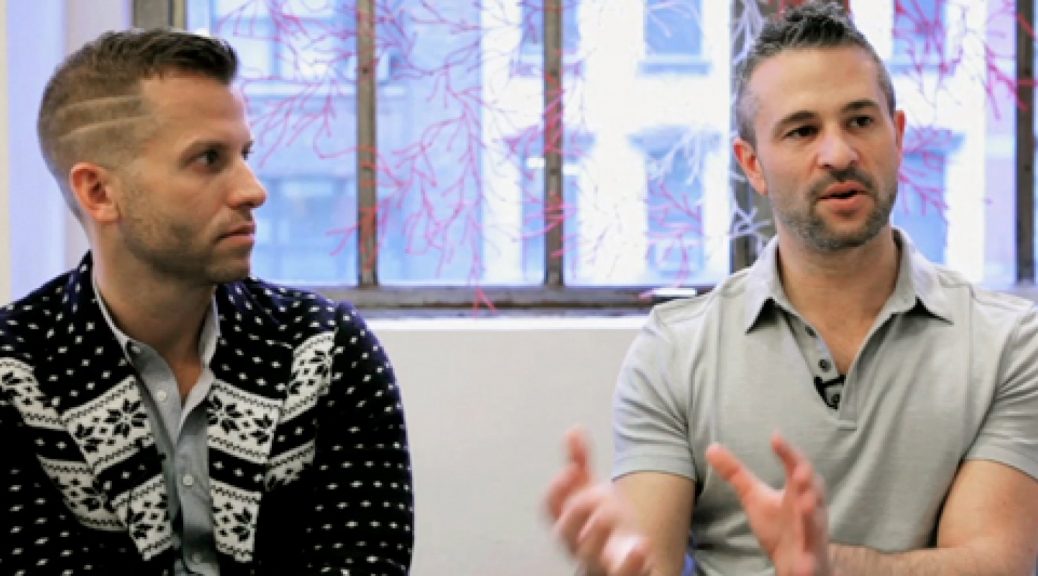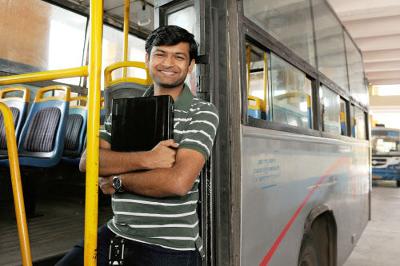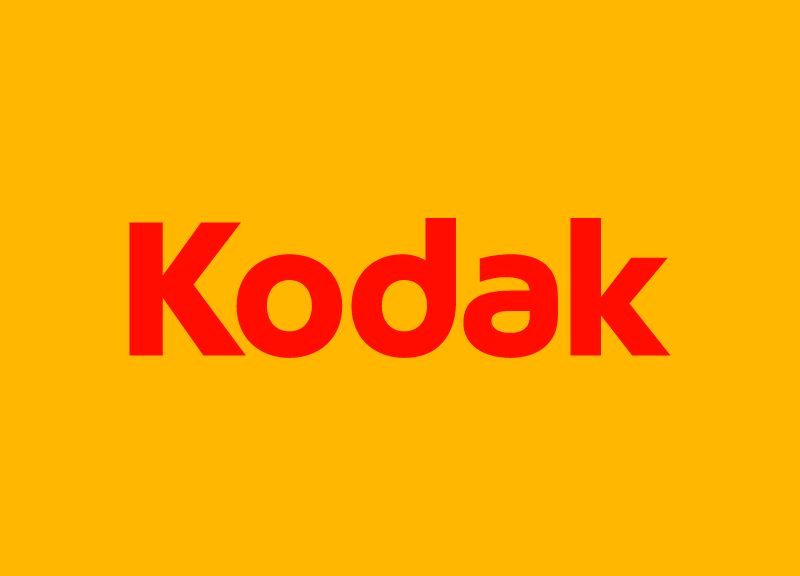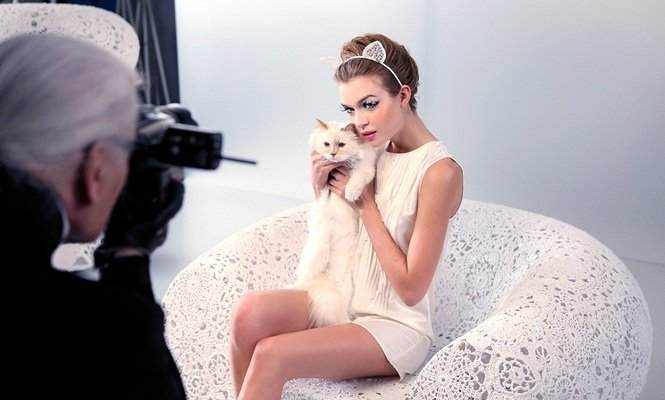Absolutely Fabulis? No. Fabulously Fab, absolutely! How two wrongs led to a right.
Are you willing to admit you’re wrong? Not once but twice.
Are you brave enough to go to your million dollar backers and tell them you’ve got it wrong?
Luckily for Jason Goldberg and Bradford Shellhammer, they were. Even more luckily, their backers were willing not only to listen, but also to agree to the changes.
Jason and Bradford got together in 2010 to start a company they called Fabulis. Their aim was to create a social network for gay men but competition from the likes of Facebook and Grindr meant uptake was limited. They quickly realised there was no gap in the market.
 So, in December 2011, the pair decided to change direction and Fabulis became Fab.com, a daily deals site for gay men. Their new ambition was to become the Groupon for gays. They raised $1.75 million from First Round Capital, The Washington Post Company, Baroda Ventures and Zelkova Ventures to add to the $1.25 million they had already raised in angel funding.
So, in December 2011, the pair decided to change direction and Fabulis became Fab.com, a daily deals site for gay men. Their new ambition was to become the Groupon for gays. They raised $1.75 million from First Round Capital, The Washington Post Company, Baroda Ventures and Zelkova Ventures to add to the $1.25 million they had already raised in angel funding.
Fab.com got off to a reasonable start, reaching several thousand customers and earning tens of thousands of dollars in revenue in just 20 days of sales but for the ambitious duo, it still didn’t feel big enough. Interviewed by Inc. In 2012 they recall: “we just didn’t see how that [it] had a path to become a huge business.”
Looking more closely at those initial figures they saw that less than 1% of the most popular selling items were gay specific and in fact, over half of the people making purchases weren’t gay; they just appreciated the selection of products and the discounts.
 They sat down again and this time asked themselves what Jason explained was to prove an inspirational question “If we could do anything what would we do? Which was a great exercise for us and we kinda had this decision matrix of looking at three things; One is, what are we most passion about? The second is what could we be the best in the world at? The third is could we do it in a great market where there’s a big opportunity? And every answer of those questions came down to design, design, design.”
They sat down again and this time asked themselves what Jason explained was to prove an inspirational question “If we could do anything what would we do? Which was a great exercise for us and we kinda had this decision matrix of looking at three things; One is, what are we most passion about? The second is what could we be the best in the world at? The third is could we do it in a great market where there’s a big opportunity? And every answer of those questions came down to design, design, design.”
The certainty of their answer spurred them into action and a dramatic three weeks followed; “We went from 10 employees here in New York to three. We really wanted to focus just on the people who were gonna be part of the next phase of the business. The second thing was we went and got our board of directors to, very quickly, say; ‘Hey, we’re behind this and we support this move.’ The third thing was we immediately shut down the old site. “
The clarity of their answer gave them focus and direction; “We immediately took this mentally that we’re gonna do one thing, do that one thing better that anyone else in the world, and we don’t want to be distracted at all by anything else beside our one thing. We are just focusing on design. That’s all we do is design. Everyday we wake up and all we think about is design. And basically [we] went from dinners in February where we said, ‘We’re gonna change the business,’ to shutting down the site in March, to launching some initial features in April, to launching ourselves in June to 1-1/2 million members, 50 million plus run rate at the end of the year.”
Looking at the business now they can smile and indeed they think part of their success is in making others smile too; “We’re growing fast because we make people smile everyday. We’re breathing kind of freshness, color into an otherwise, kind of fairly black and white, kinda boring e-commerce world. And everyday we delight people with the daily dose of design and it’s just stuff that makes people smile.”


 India has more than 5,000 inter-city bus operators with 5 to 500 buses each. They were used to dealing with traditional brick-and-mortar travel agents, so changing their mindset of the bus wasn’t easy. Along with developing the website, it took a few months for everything to fall in place.
India has more than 5,000 inter-city bus operators with 5 to 500 buses each. They were used to dealing with traditional brick-and-mortar travel agents, so changing their mindset of the bus wasn’t easy. Along with developing the website, it took a few months for everything to fall in place.








